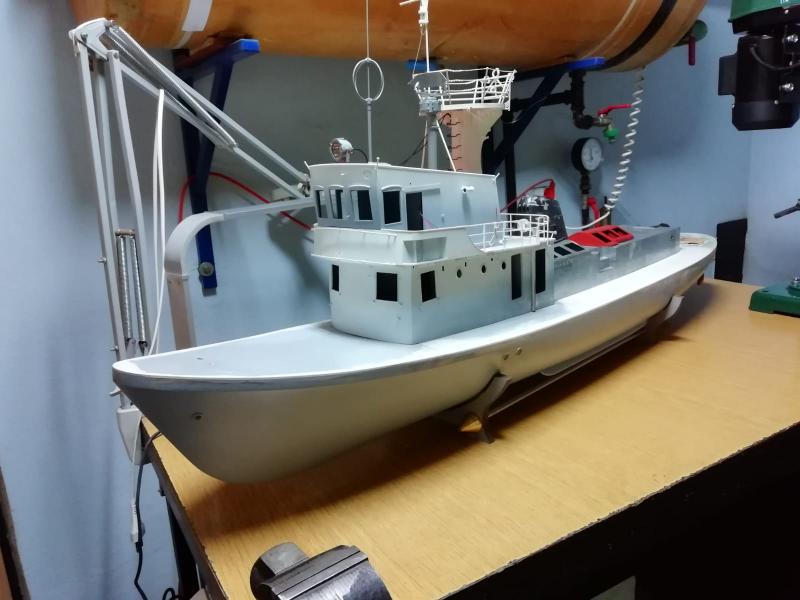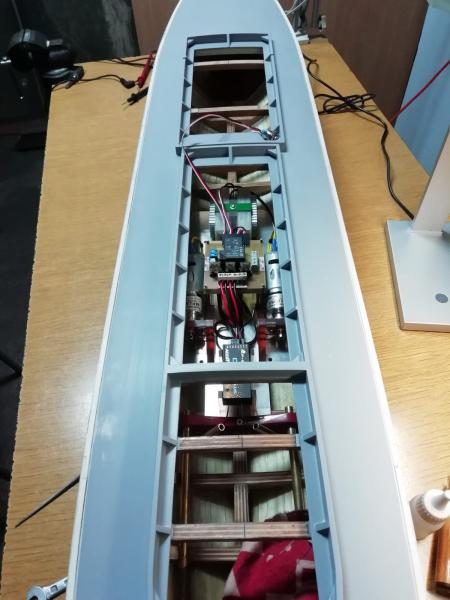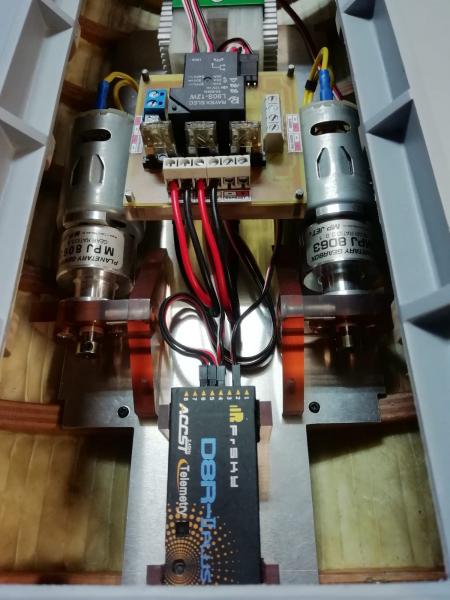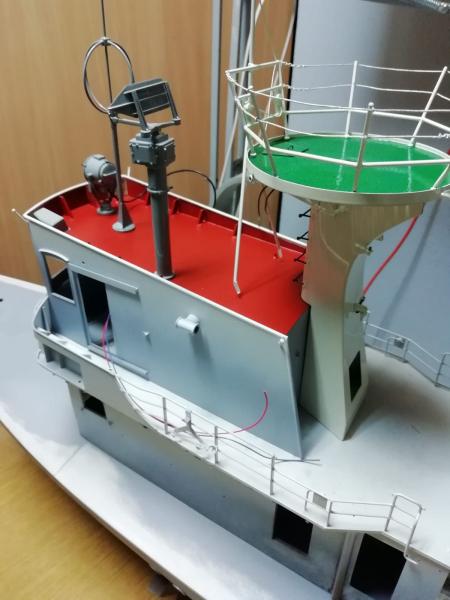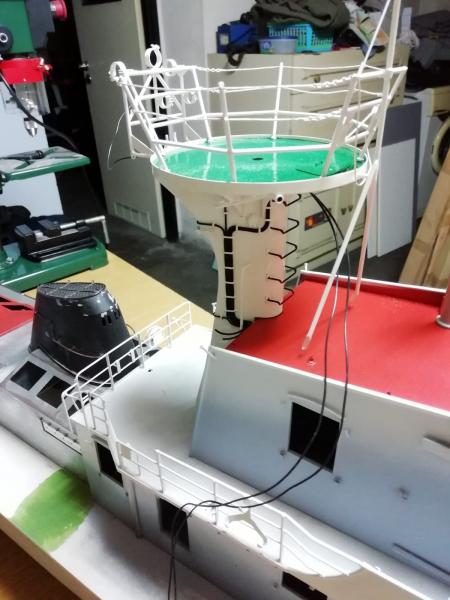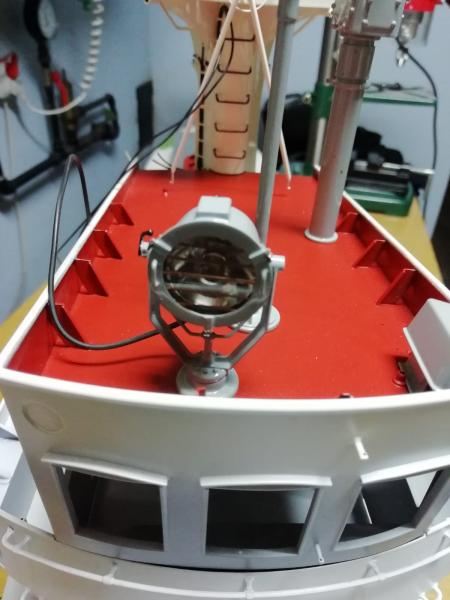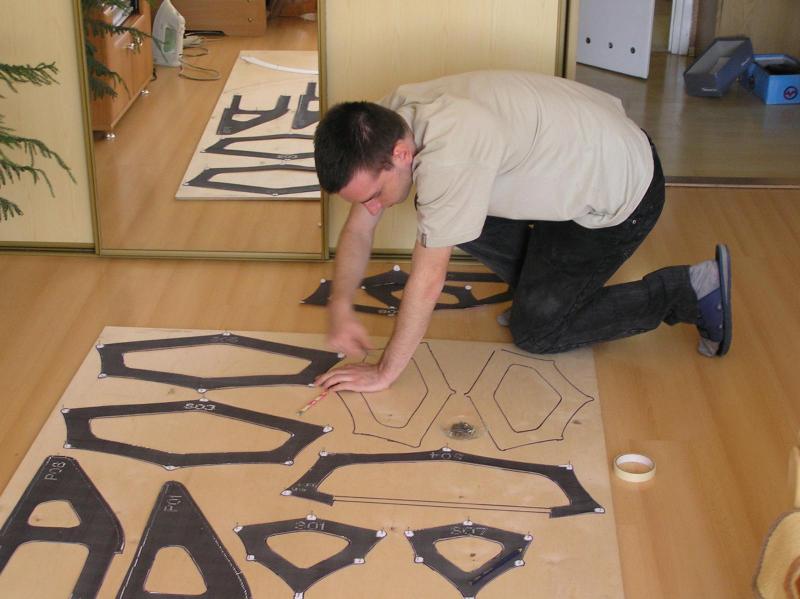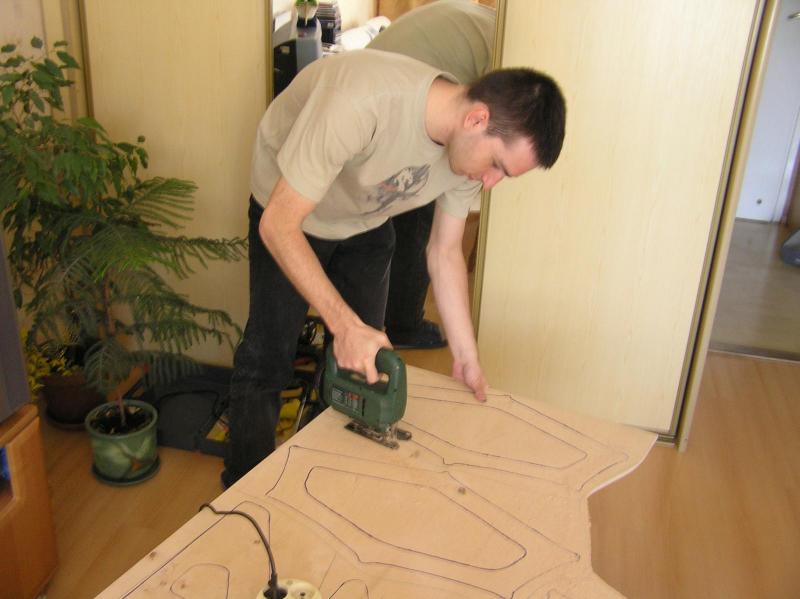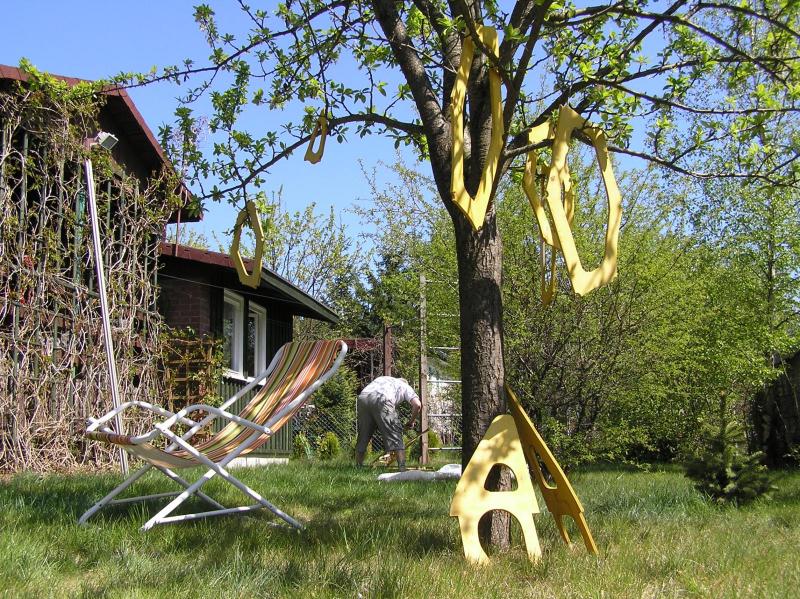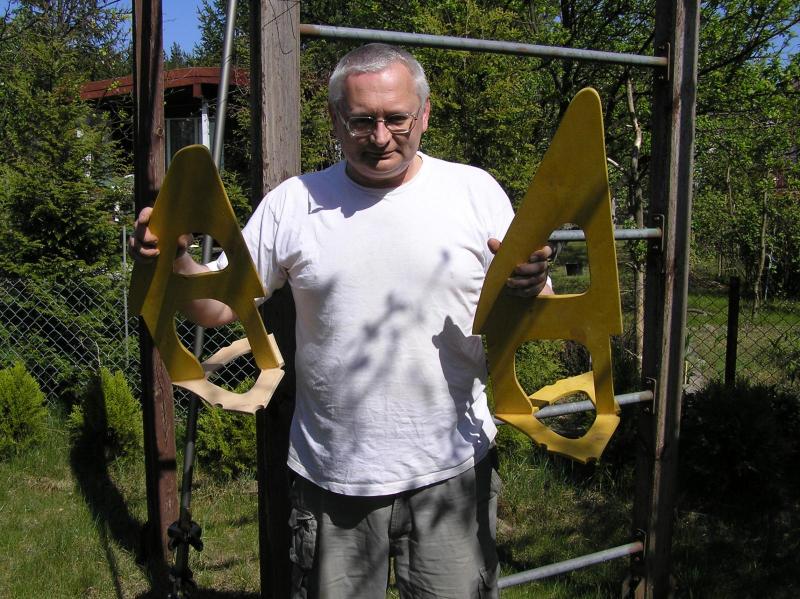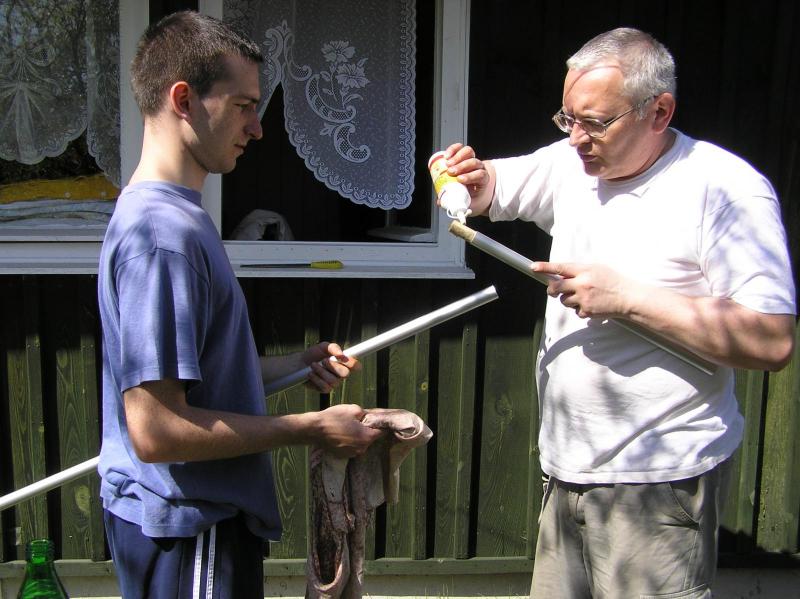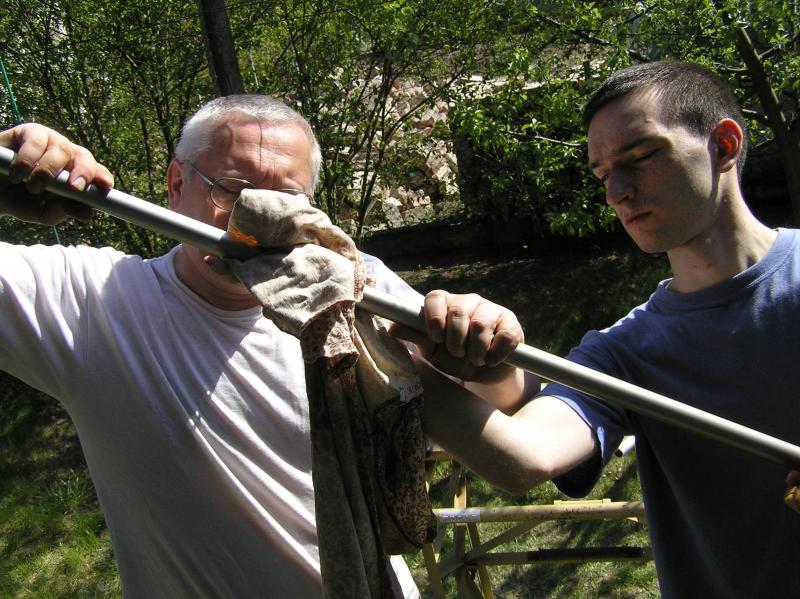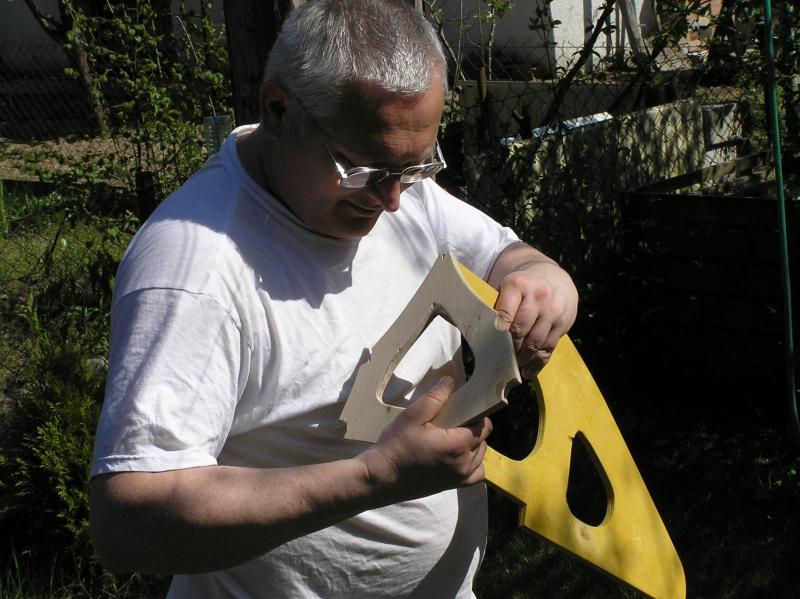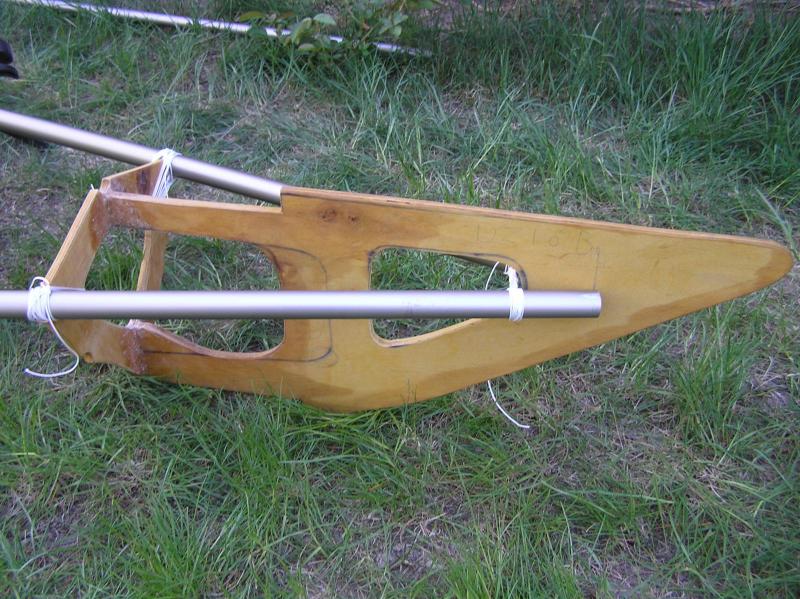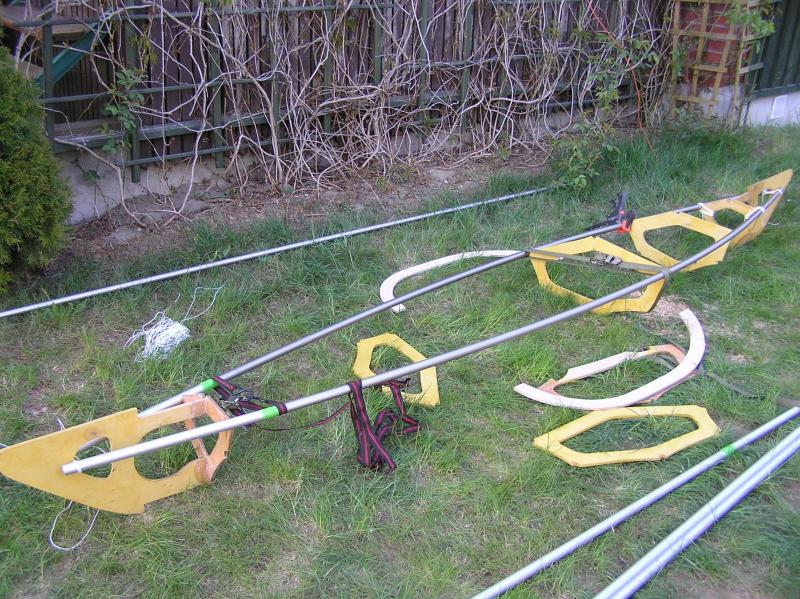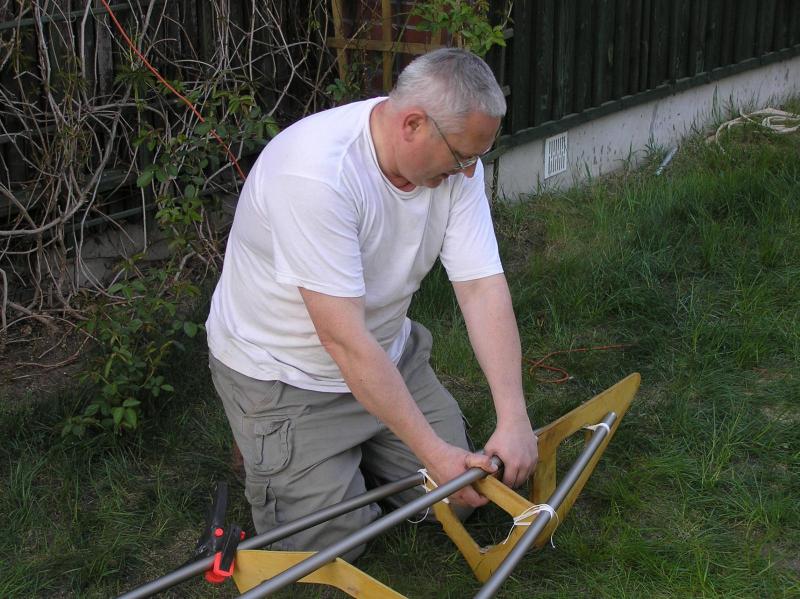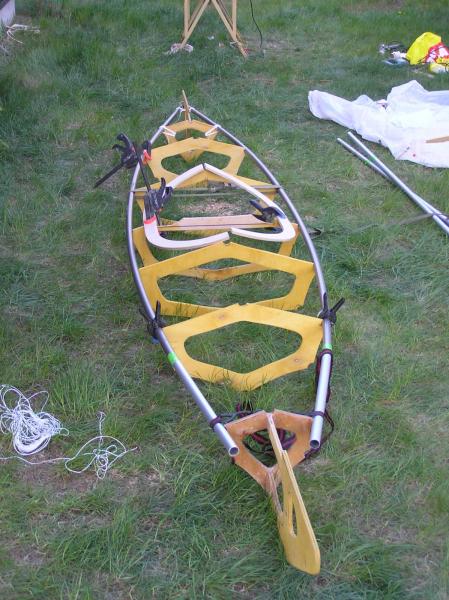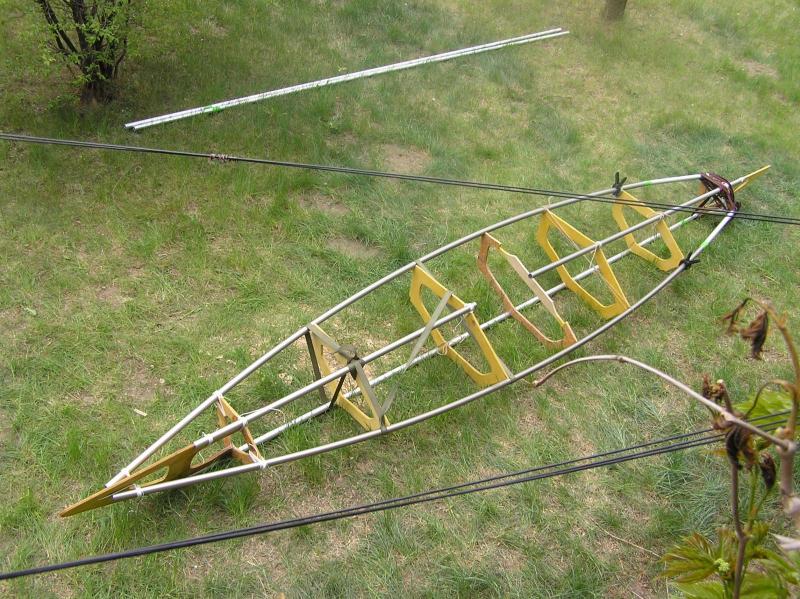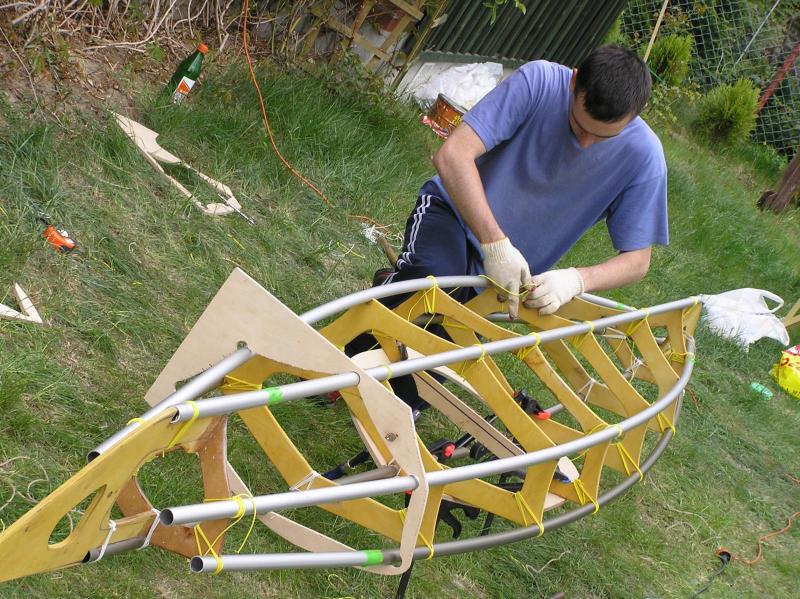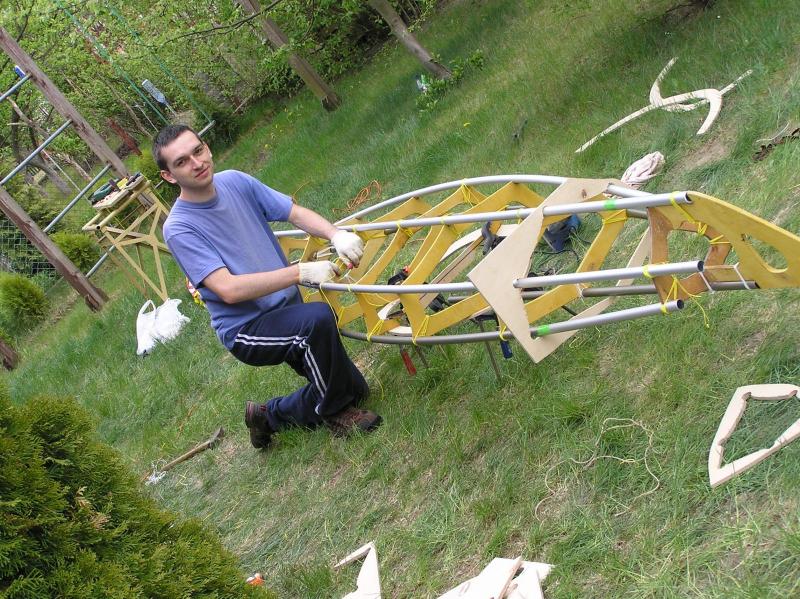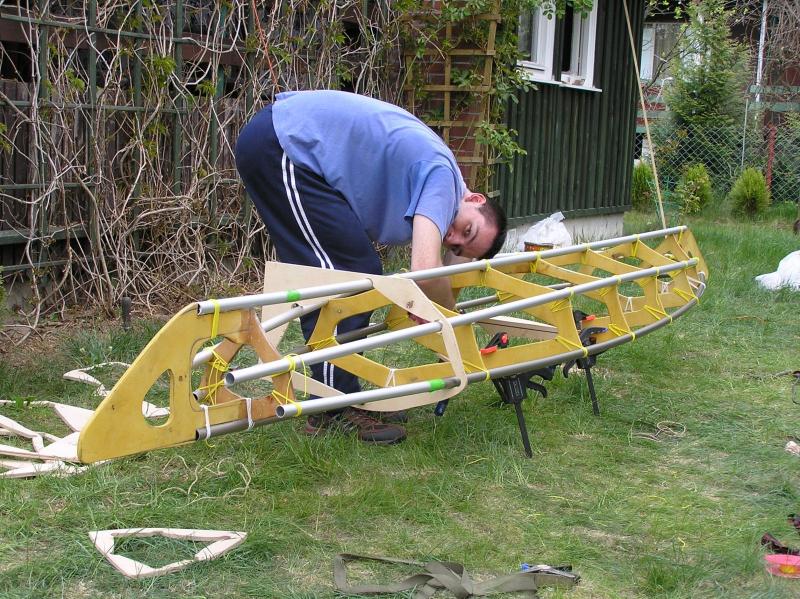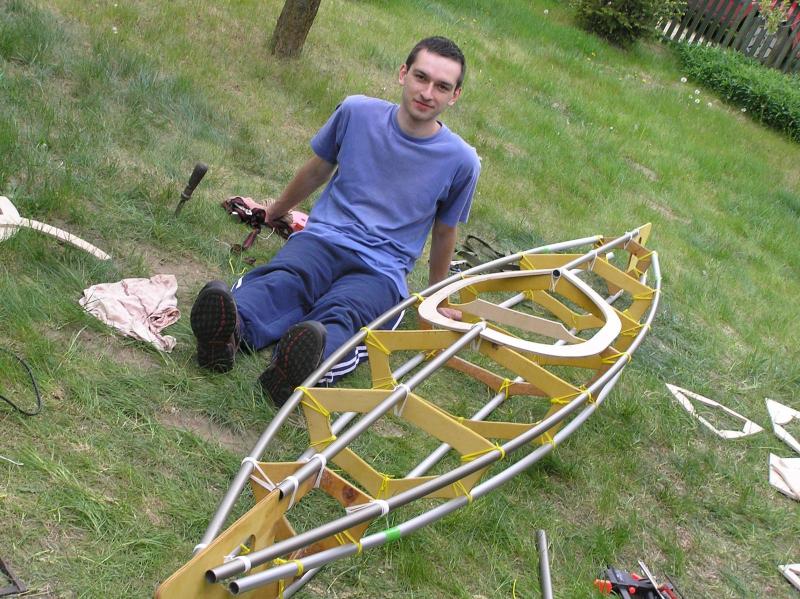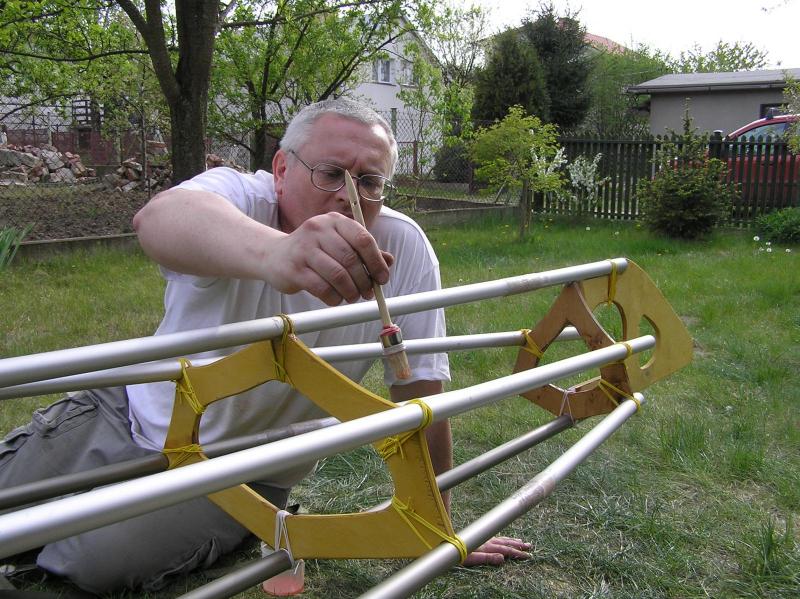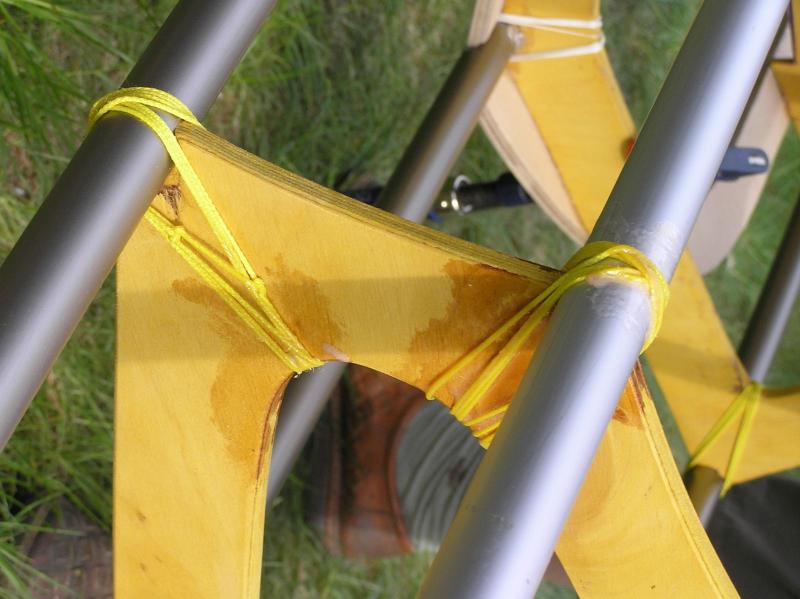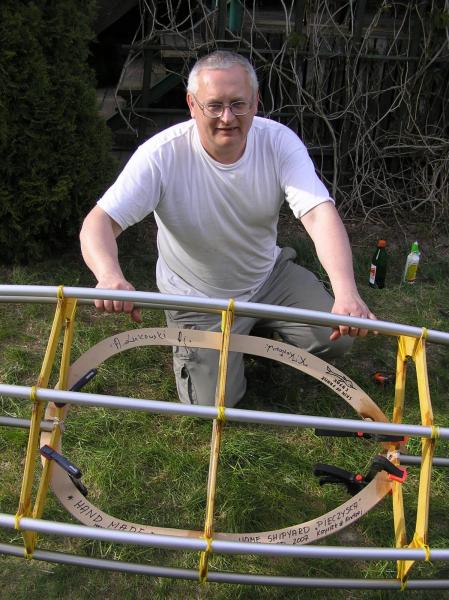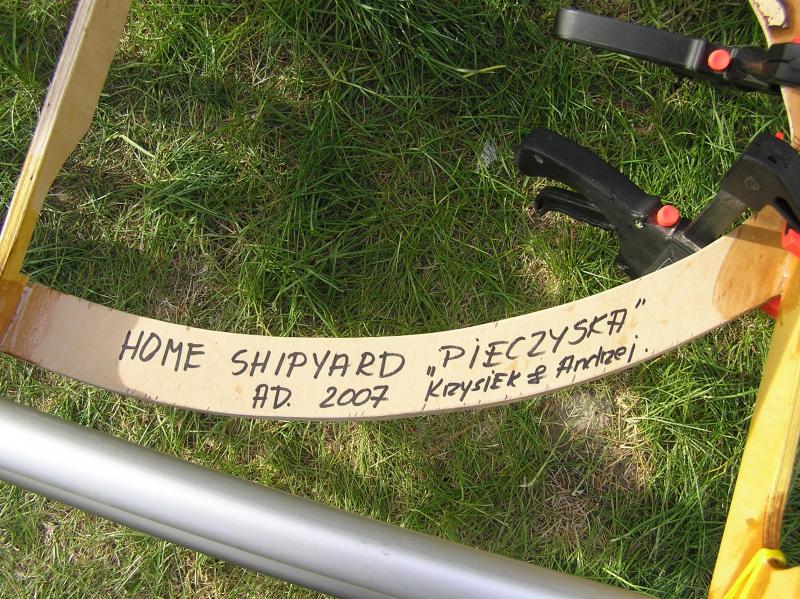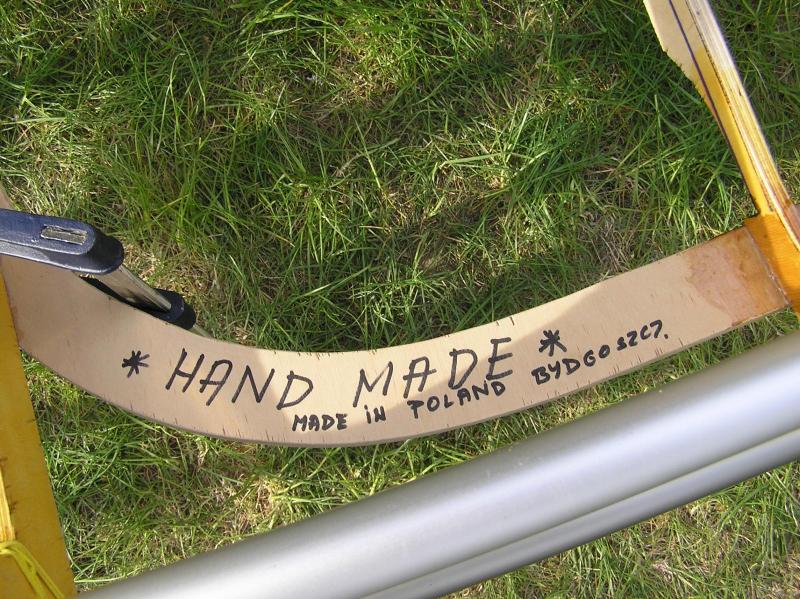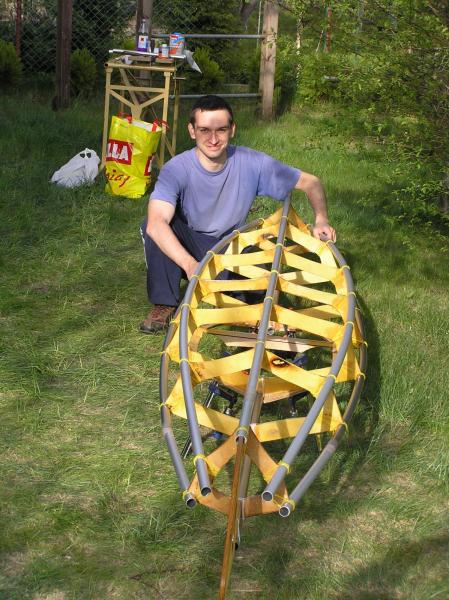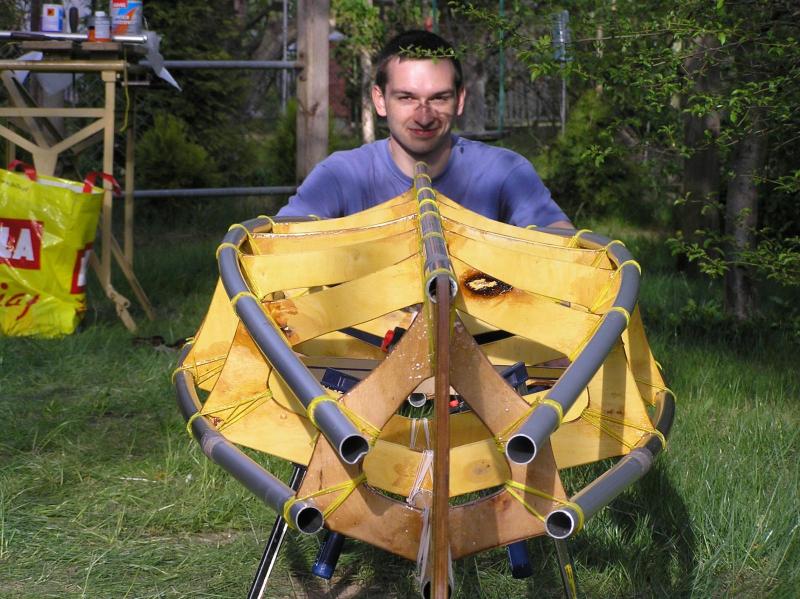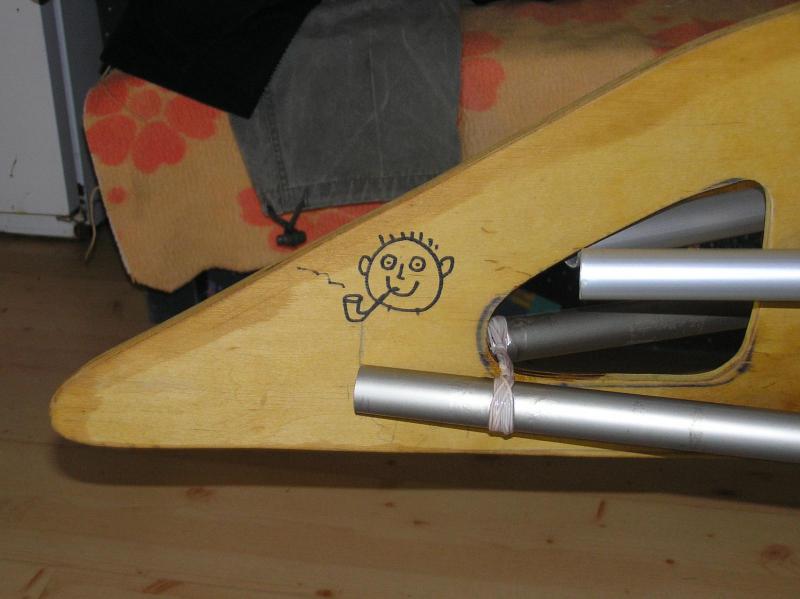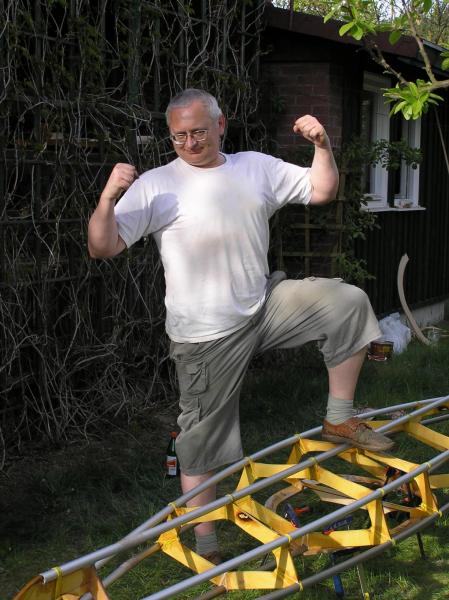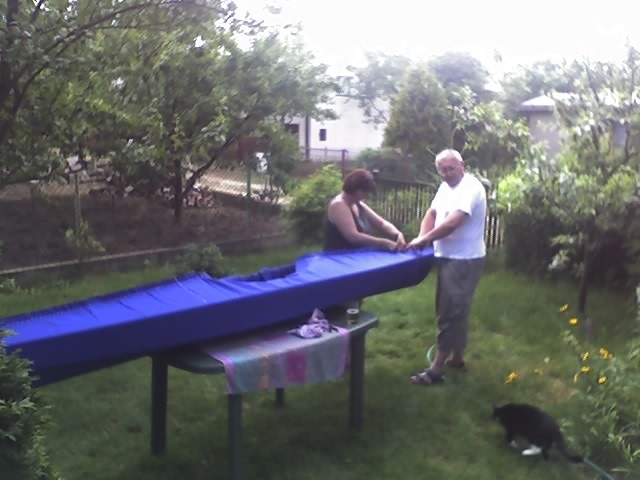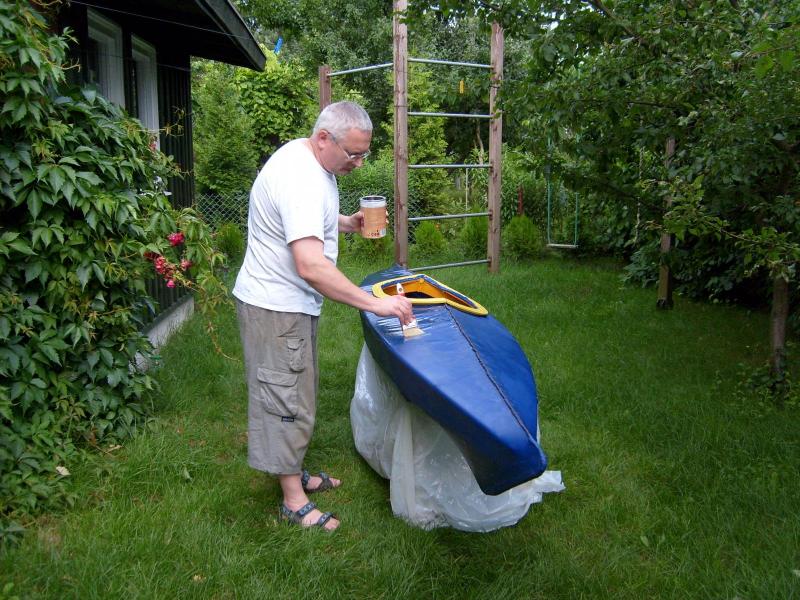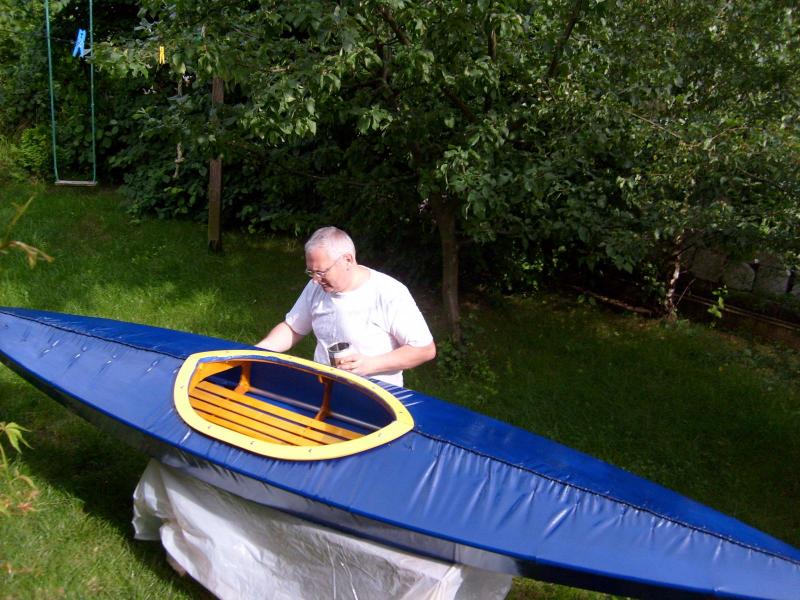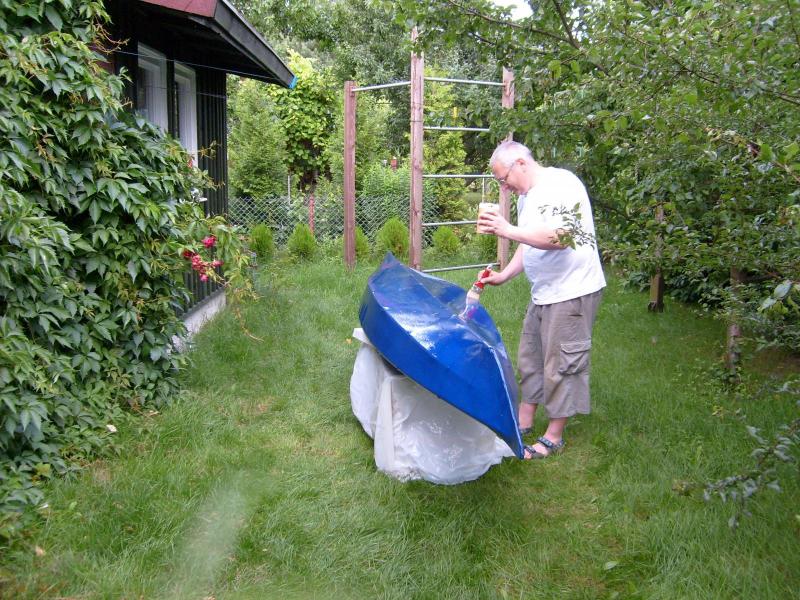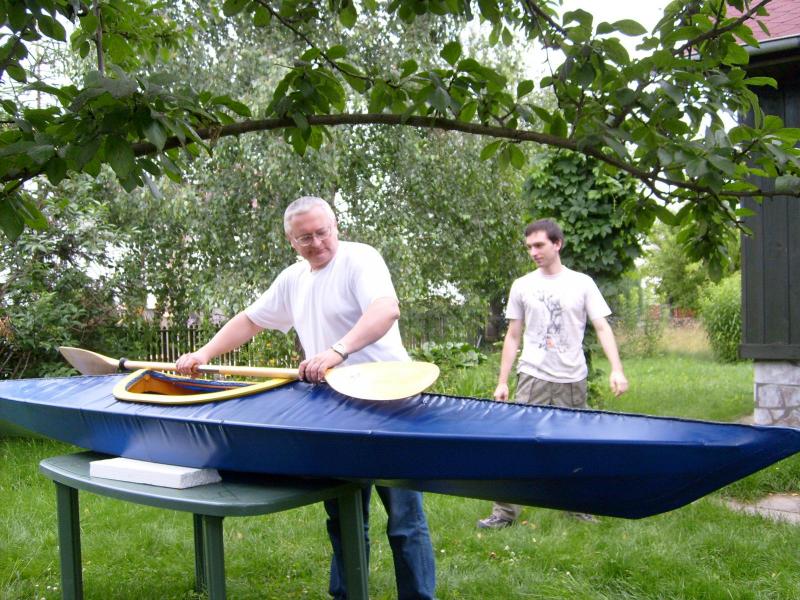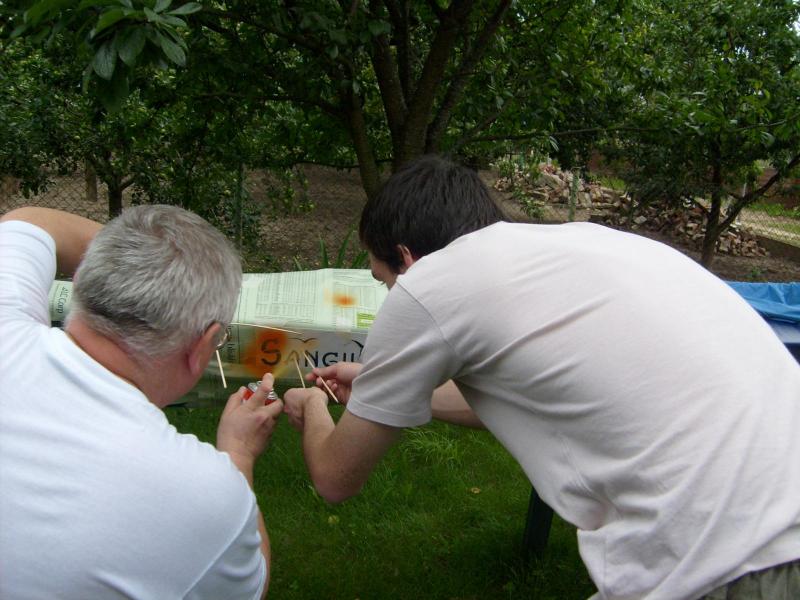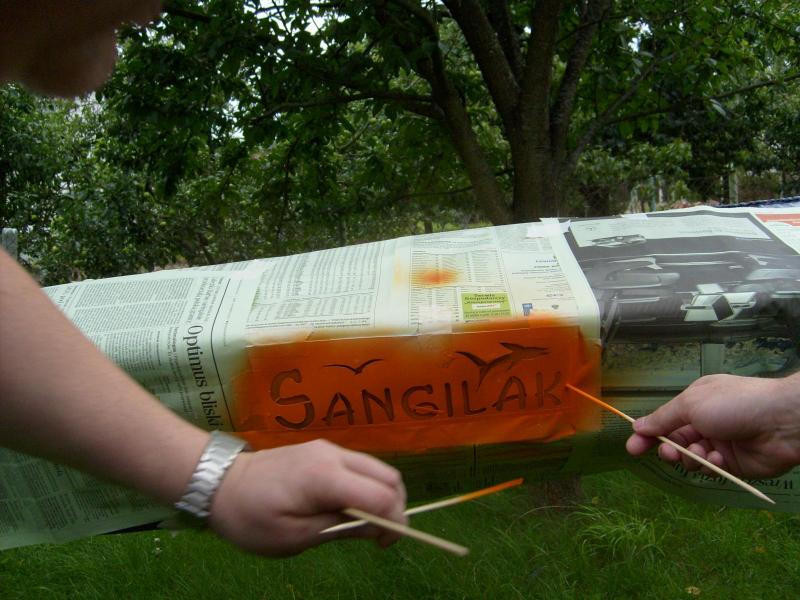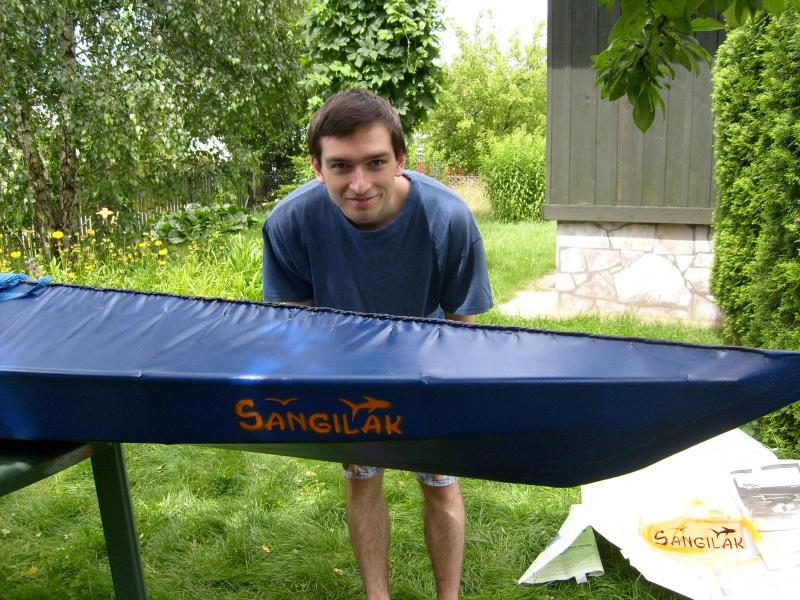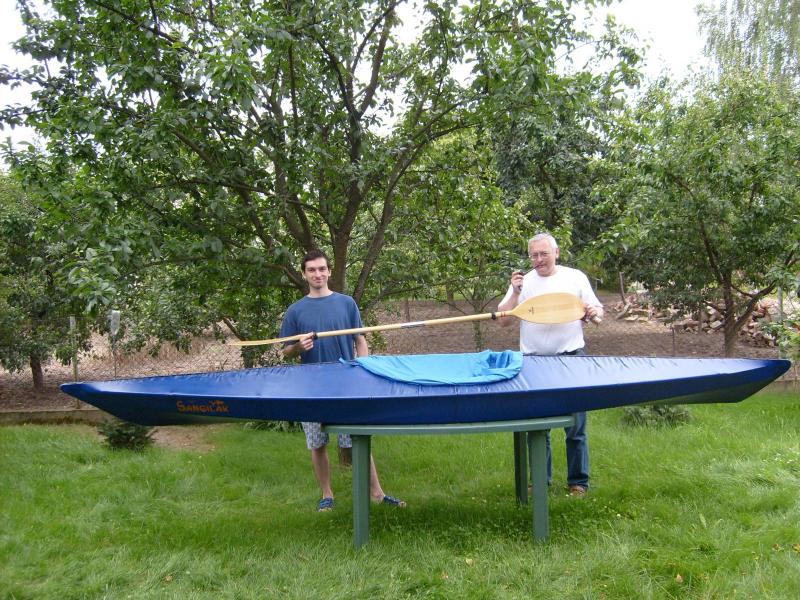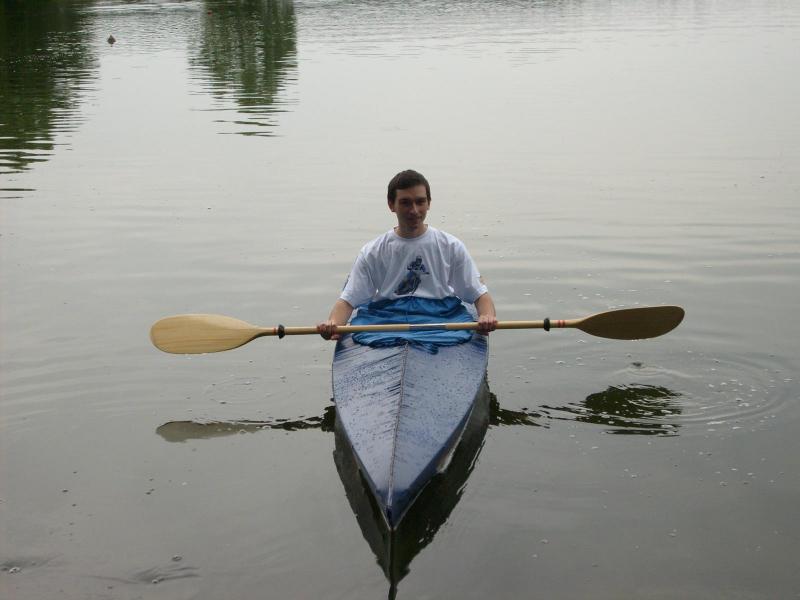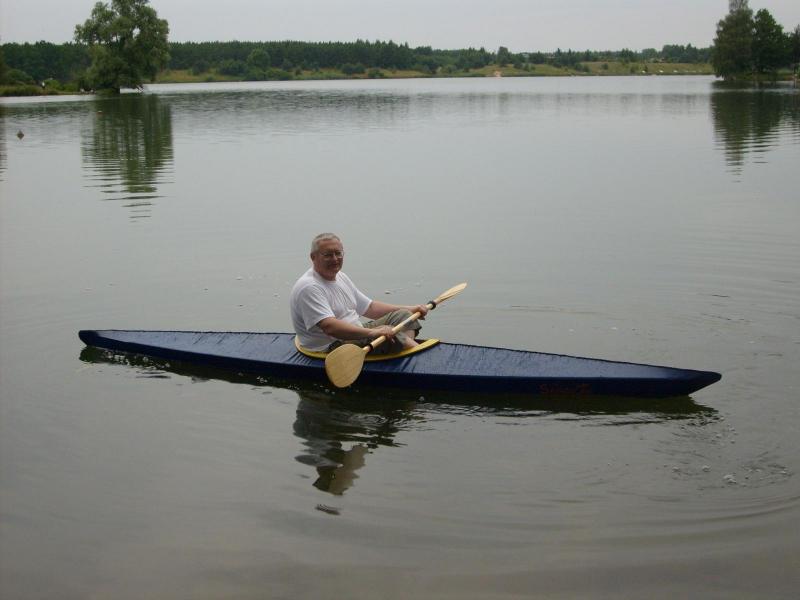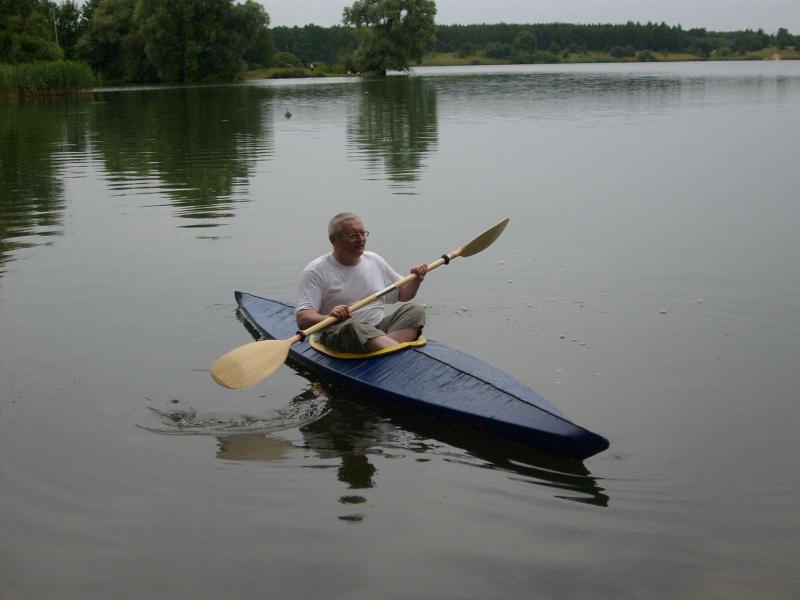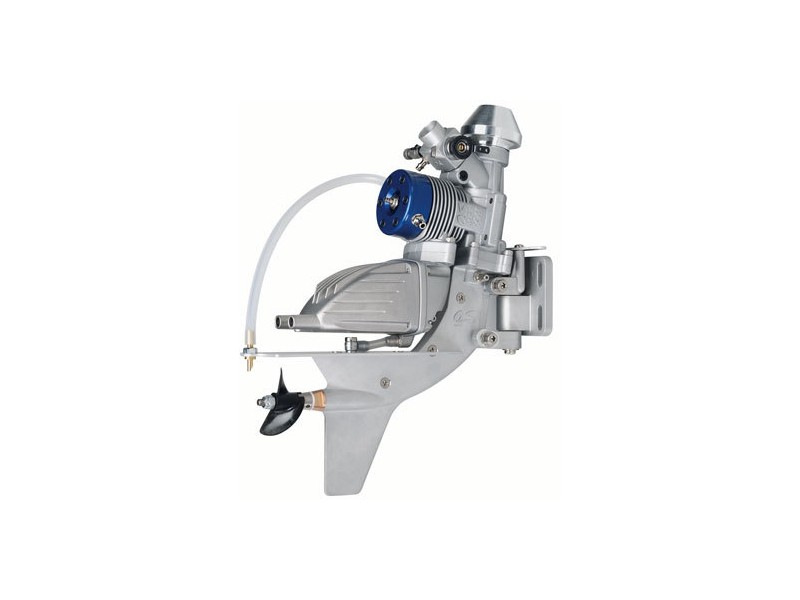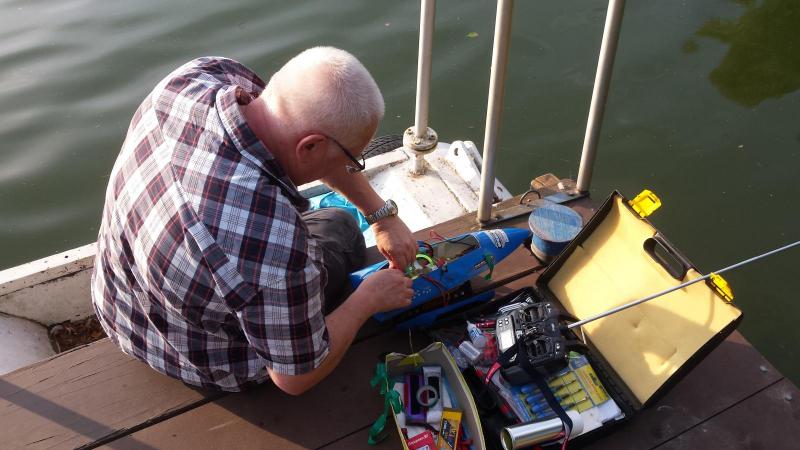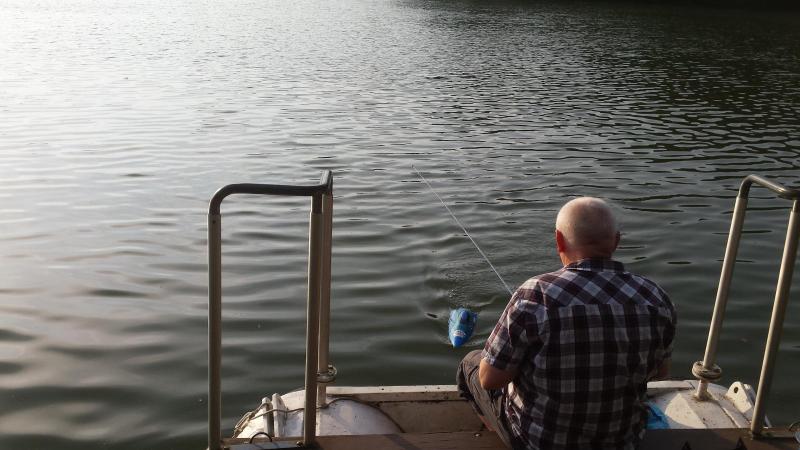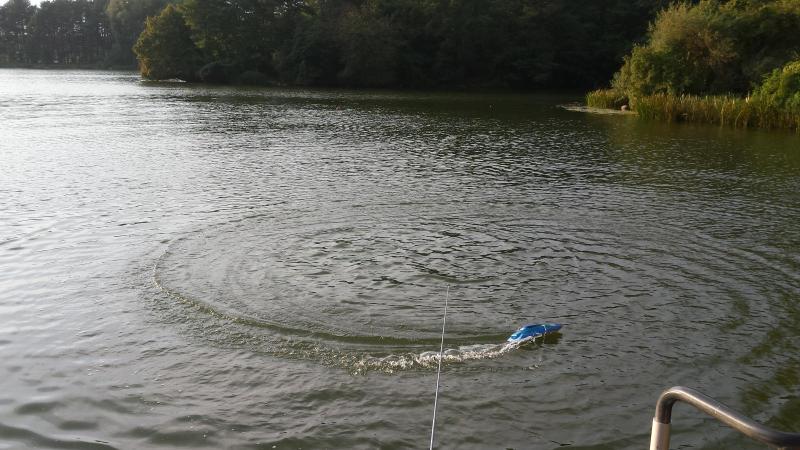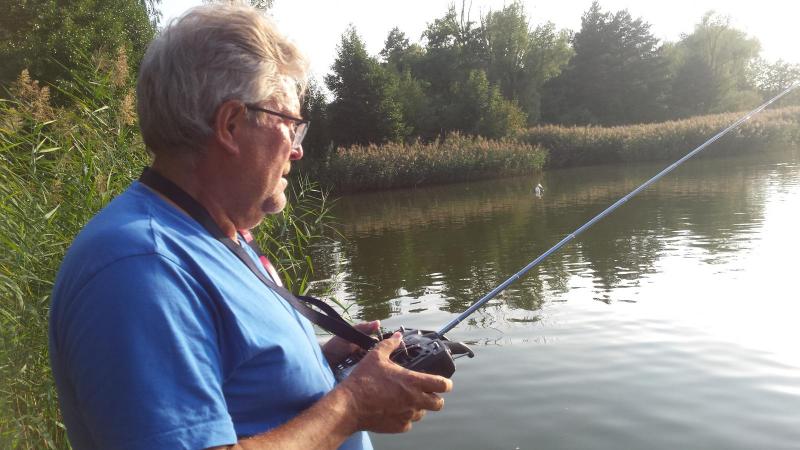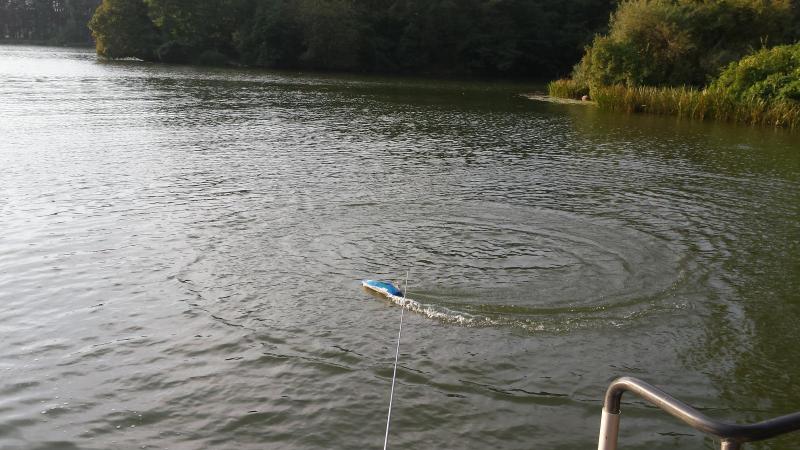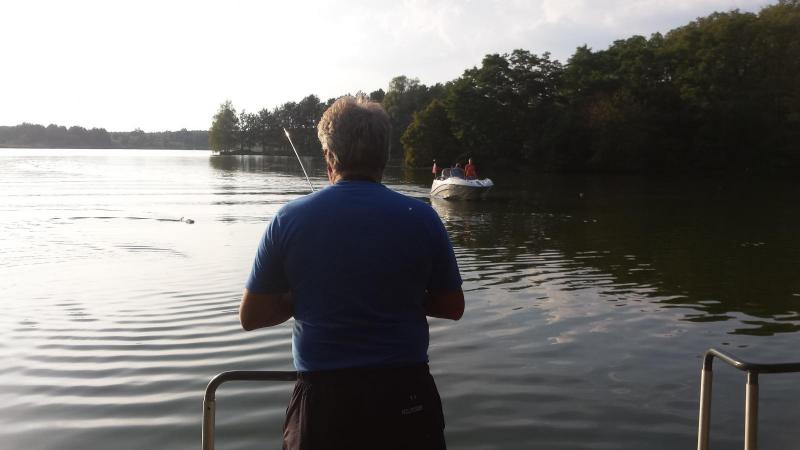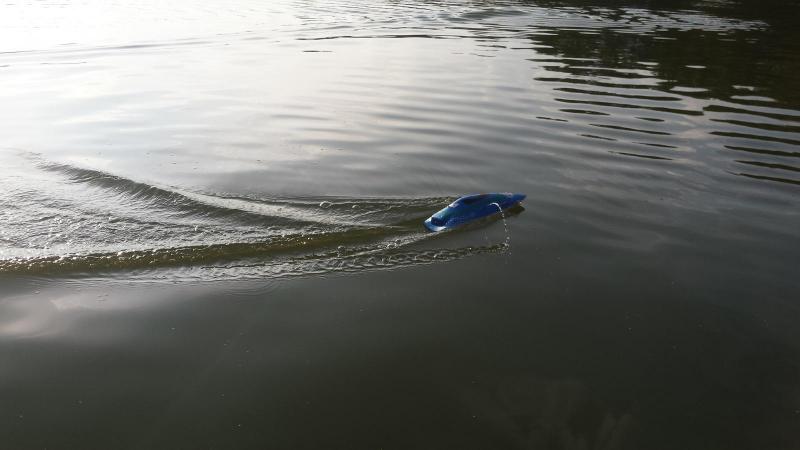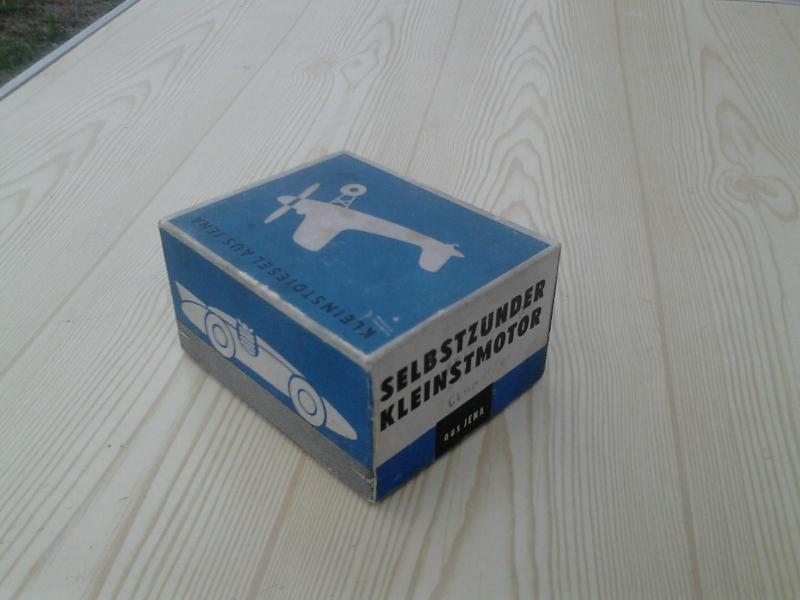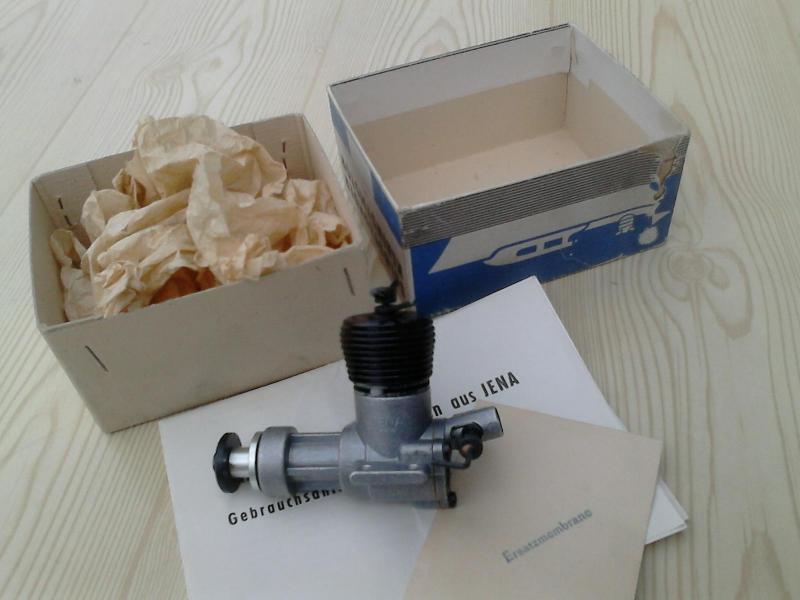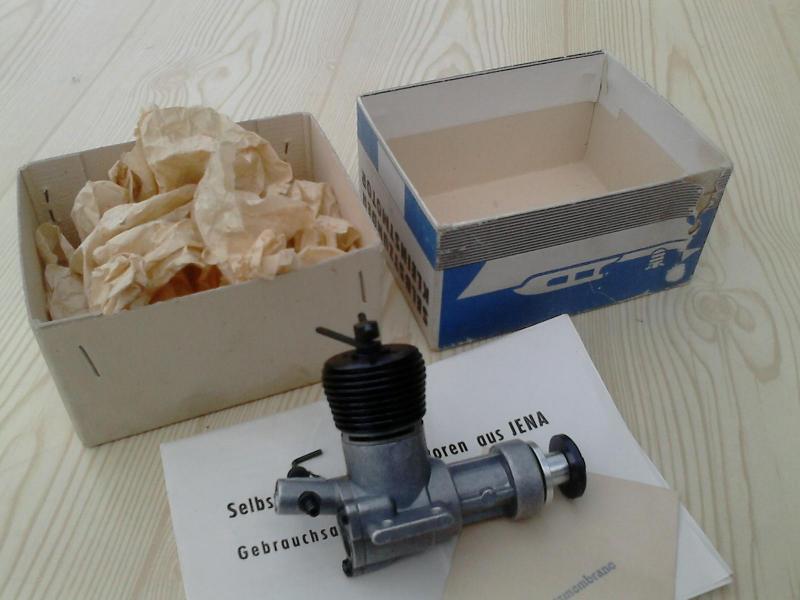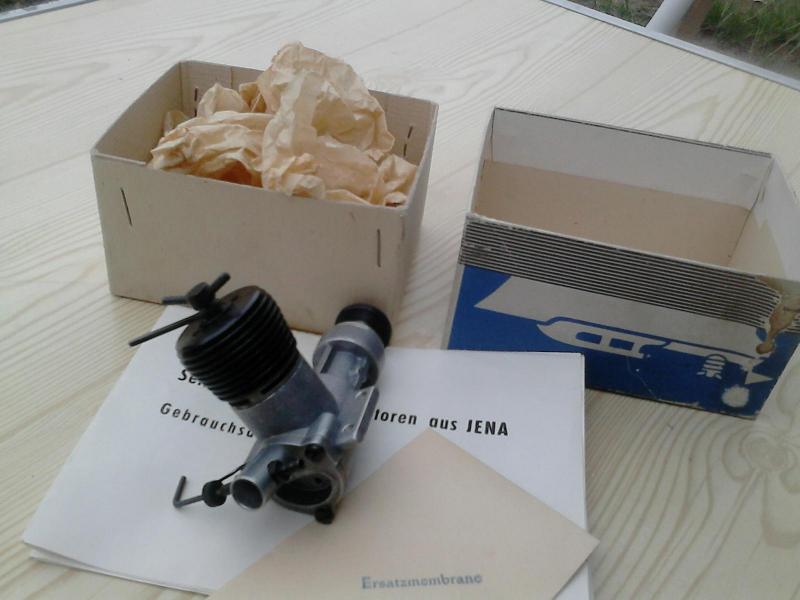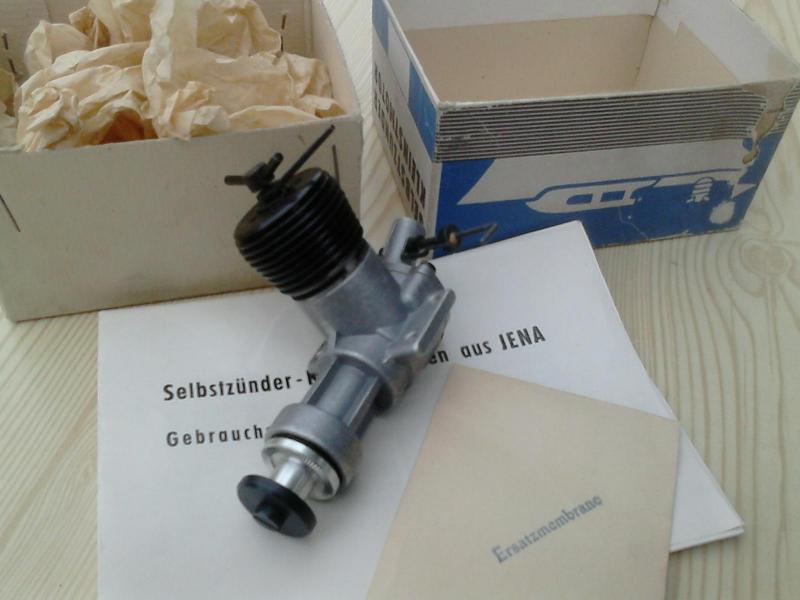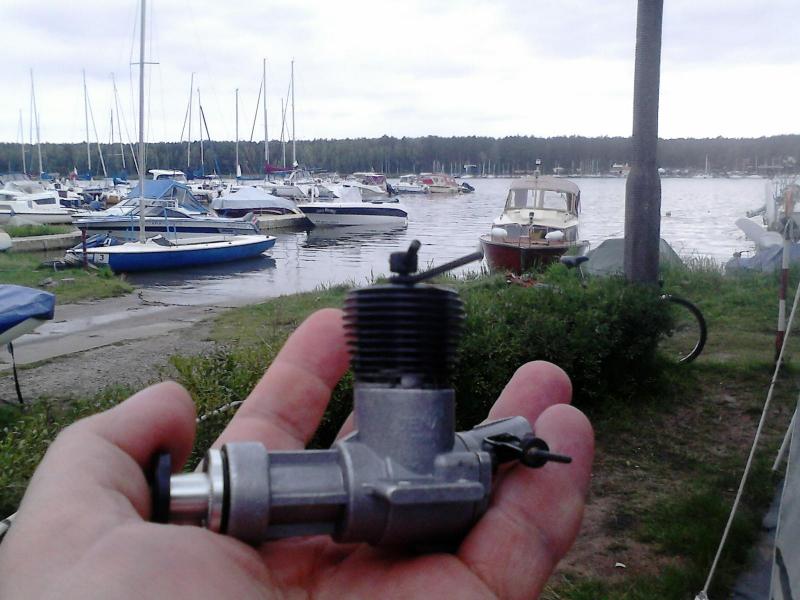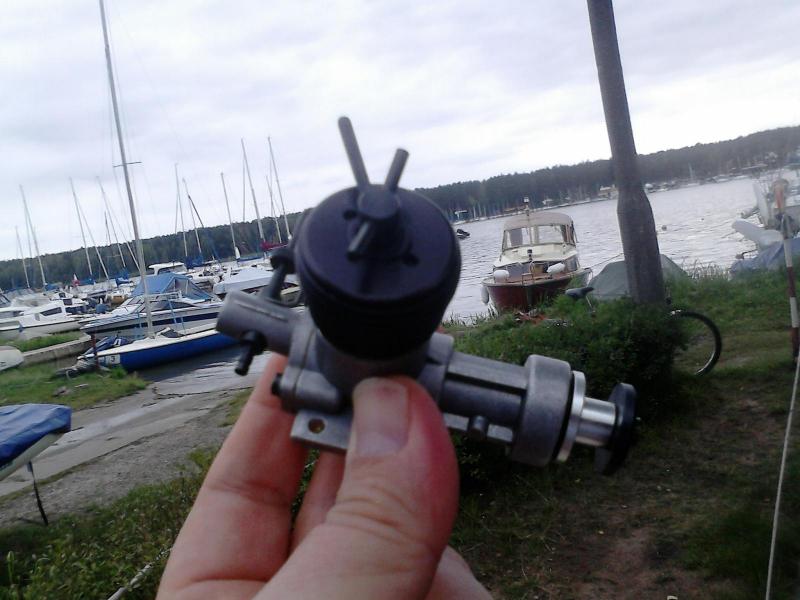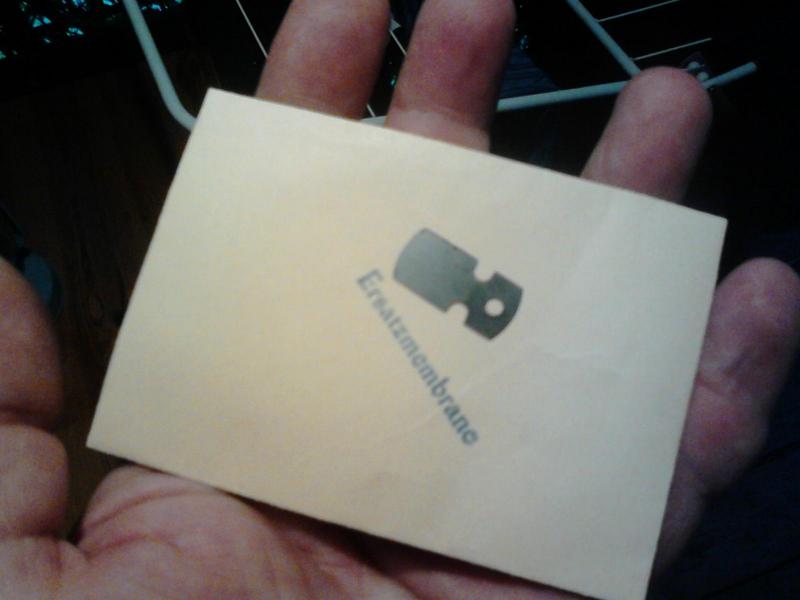



-
Postów
3 924 -
Rejestracja
-
Ostatnia wizyta
-
Wygrane w rankingu
77
Treść opublikowana przez kaszalu
-
Andrzeju - model mam przygotowany, było kilka pływań innym sprzętem, ale tym akurat się nie udało. Inne sprawy trochę pogmatwały pływanie FSRka, chociaż było już przygotowane. Mam nadzieję, że jednak uda się go w tym roku opływać !! Nie omieszkam Was o tym poinformować !!
-
A poniżej na fotkach w trakcie budowy model "Strażaka" naszego kolegi Krzyśka z Grudziądza ( wstawiłem fotki za jego zgodą) . Trzeba przyznać że model pięknie się zapowiada !! Czekamy na próby na wodzie !!
-

Replika Polskiego silniczka SiM 2b - ambitny projekt
kaszalu odpowiedział(a) na Paweł Prauss temat w 2-takty
Niezły silnikowy "Sezam" !!! -
Fajowy !! Jakieś bliższe informacje, narodowość osobnika, pojemność, moc ?
-

Replika Polskiego silniczka SiM 2b - ambitny projekt
kaszalu odpowiedział(a) na Paweł Prauss temat w 2-takty
Jakbym tam był i "szwaniał" sam po tych straganach !!!! Dzięki Mariusz za fajne foty !!! -
Ja też miałem trudności !!! Kajak był dla Krzyśka, ja mam większą jedynkę, taką na moje gabaryty !! Tu film z wodowania i pływania !! https://www.youtube.com/watch?v=AHM8dCXIdaM&feature=youtu.be a tu jeszcze kilka planików i przydatnych informacji : http://robroy.dyndns.info/baidarka/slideshow/node-x01.html
-
Dzisiaj trochę z innej, chociaż także pływającej beczki ! Dwanaście lat temu razem z moim sąsiadem Krzyśkiem wybudowaliśmy kajak eskimoski typu "skin of frame" . Krzysiek był wtedy zapalonym kajakarzem i chciał sobie sprawić kajak, ja znalazłem ciekawą stronę o budowie takich kajaków i decyzja zapadła - budujemy. Kajak został wybudowany u mnie na działce w Pieczyskach nad zalewem koronowskim w przeciągu ok. 10 dni, wraz z podwójną impregnacją i lakierowaniem, Zamiast drewna wyrzuconego na brzeg morski jak to dawniej bywało, skór foki, fiszbinów wieloryba, tranu do impregnacji powłoki oraz do wiązania szkieletu ścięgien morsa który był akurat pod ochroną, użyliśmy do budowy sklejki wodoodpornej, rurek duralowych, dakronu, żeglarskiego juzingu do wiązania i lakieru wodoodpornego do impregnacji powłoki. Kształt kadłuba został zachowany z dużą wiernością w stosunku do oryginału, co przełożyło się na dużą dzielność morską tego kajaka. W zawierusze dziejów katalog ze zdjęciami z budowy gdzieś przepadł, dopiero wczoraj po prawie dwunastu latach od budowy został przypadkiem odnaleziony w czeluściach twardego dysku Krzyśka, który w międzyczasie zdążył skończyć studia, rozpocząć pracę i dorobić się swojej rodziny i syna !! Bardzo fajnie było znowu przypomnieć sobie całą budowę i powspominać pływanie ! Zamieszczam tu fotograficzną historię budowy w skrócie, może komuś przyda się do wykonania swojego kajaka eskimoskiego ? Nazwę "SANGILAK" - czyli "najsilniejszy" po eskimosku wymyślił Krzysiek - miał chyba rację, bo kajak żyje do dzisiaj i jest w pełni gotowy do pływania !! Mam gdzieś nawet plany kajaka oraz szablony wręg gdyby ktoś chciał zabrać się za budowę !! Pooglądajcie i zapraszam do podobnej realizacji !! Z tej strony poniżej korzystaliśmy aby podpatrzeć metody budowy kajaków i łodzi "skin of frame" : https://www.capefalconkayaks.com/latest-projects
-

Replika Polskiego silniczka SiM 2b - ambitny projekt
kaszalu odpowiedział(a) na Paweł Prauss temat w 2-takty
LUBIĘ TAKIE FOTKI !!! CHOCIAŻ POPATRZĘ SOBIE JAK JUŻ ICH NIE MOGĘ DOTKNĄĆ !!! Zastępczo pogłaskam tego którego mam na stanie !!! -

Replika Polskiego silniczka SiM 2b - ambitny projekt
kaszalu odpowiedział(a) na Paweł Prauss temat w 2-takty
Fojoooowe !!! Te "morszczaki" chętnie bym przytulił !!! :D Ceny pewnie niezbyt przyjemne..... -
Możesz jeszcze zgłosić na policję wyłudzenie, o ile masz namiary na gościa , a jak nie to Alle.... ma na pewno z danych do logowania. A jak długo już czekasz na przesyłkę ? Ps. Bocznokołowiec na razie stoi niestety z uwagi na inne pilne zajęcia pozamodelarskie....
-
No cóż...... nieuczciwych nadal nie brakuje .... Ale jeżeli zrobił to z premedytacją a nie z powodu jakichś nieznanych nam okoliczności, to pewnie życie da mu jeszcze kopa ...
-
Dzisiaj upał niemiłosierny, pot się leje po plecach ale po południu trochę zelżało i dało się nieco popływać w zatoczce przy tamie w Pieczyskach, Kolega szkolił się w manewrowaniu ślizgiem - wszyscy żyją !!! Kilka fotek i film . https://www.youtube.com/watch?v=ObOaGHU8s3A&feature=youtu.be https://www.youtube.com/watch?v=irkp-EHwi4o&feature=youtu.be
-
Ale za to JAKICH !!! \ Cieszy, że młode kadry modelarstwa rosną !!!
-
Praca "u podstaw" to podstawa !! Tu pamiątkowe zdjęcie moich synów z modelami sprzed 25 lat ( ZUCH i DRUCH) - widać znaczną różnicę w technice i technologiii !!
-
Te zestawy dokupowane po elemencie w kiosku chyba niestety znacznie przedrażają po podsumowaniu koszt zakupu pełnego zestawu w pudełku ... Było już kilka takich serii... Fakt, że rozciągnięte w czasie koszty mniej bolą, ale za to wkurza oczekiwanie na kolejny element lub jego brak jak nie mamy prenumeraty i trzeba szukać duperela po mieście !! Tu relacja z budowy jednego z nich !! https://pfmrc.eu/index.php/topic/73511-u-96/
-
Jasne - woń niemieckiego fabrycznego oleju konserwującego made in DDR nie zapomniana !! Fakt, że go nie żałowali ( wyciekał jeszcze z karteru po odwróceniu głowicą w dół) i stan przez to bardzo dobry !!
-
Zdrajcy ! No dobra ! Daruję sobie ! Kiedyś w modelarni za czasów szkolnych trochę się już ich naodpalałem ... Idzie jako szacowny relikt przeszłości i eksponat na półkę !
-
Hmmmm .... Tak mnie korciło jak diabli, ale może macie rację ....? Zeissa nie mam .....
-
NIEEEEE ! Przynajmniej raz musi być odpalony i "pochodzony" !! Właśnie go trochę odkonserwowałem - jeszcze z fabrycznego oleju - kompresja jak marzenie !!! Wprawdzie nie wiążę z nim wyczynowych projektów ( na co dzień ujeżdżam OsMaxy, COXy i Saito) ale zawsze miło posłuchać "oldskulowego" mruczenia ..... I ten niepowtarzalny zapach eteru z rycyną .... mniam !!
-
Graty, graty ale jakie ładne i historyczno - klimatyczne !!! I do tego prosto z fabryki, nie śmigane !! U mnie jeszcze będą żyły !!
-
Marina klubu "Pasat" w Pieczyskach pod Koronowem - zalew koronowski w pobliżu Bydgoszczy . Moje miejsce rekreacyjno - żeglarskie !!
-
A mnie się dzisiaj trafił całkiem przypadkiem nowy, nie palony wcale silnik Jena MK 2,5 cm3 z rozrządem membranowym !! Kolega Janusz "Jamyk" z forum uratował go przed wyrzuceniem do śmietnika przez znajomych robiących generalne porządki w domu !! W następnym etapie podróży silnik trafił do mnie i tak już pozostanie !! Jest pudełko, instrukcja oraz zapasowa membrana do rozrządu. WSZYSTKO NA FOTKACH !


